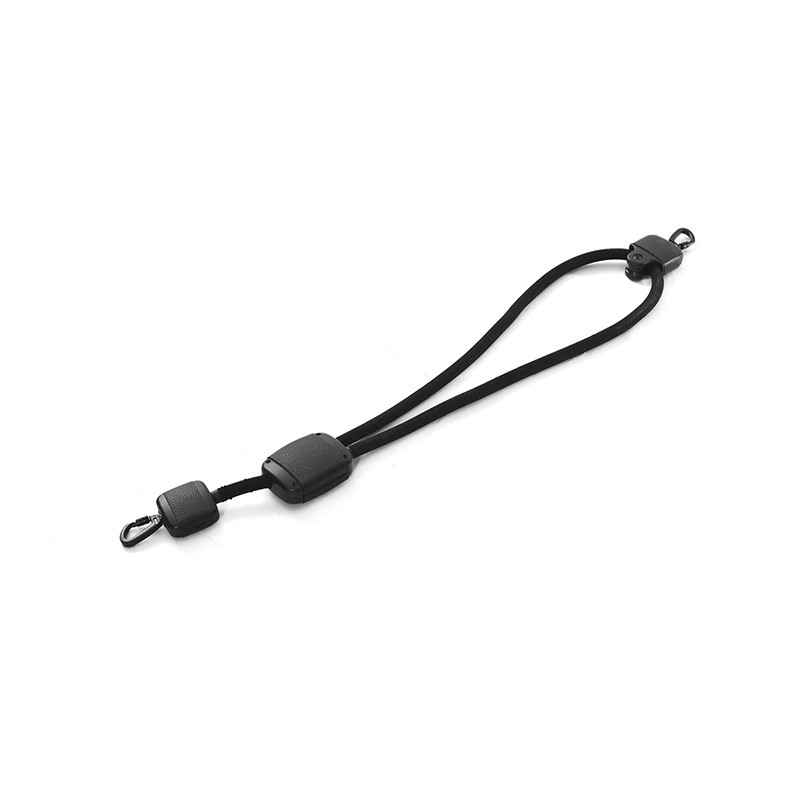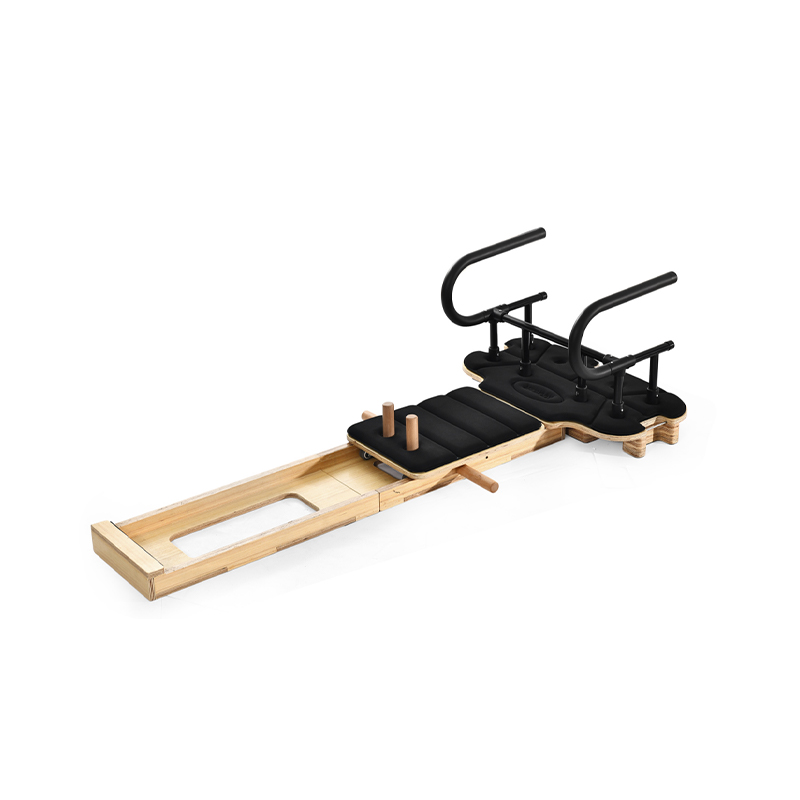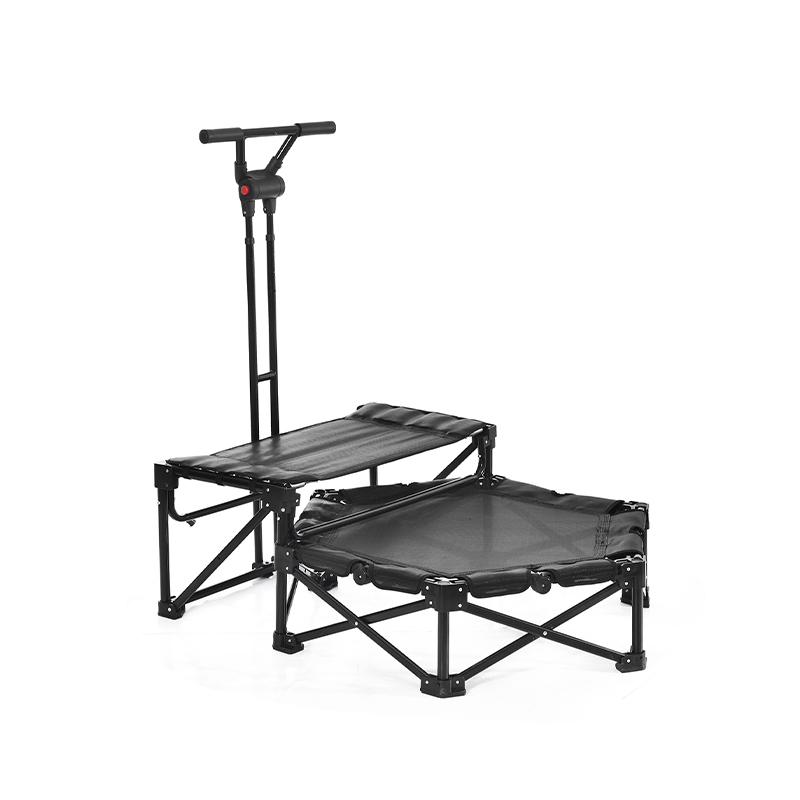Adjustable Elastic Cord plays a key role in modern fitness devices as a dynamic element that enables variable resistance and flexibility. Zhengding Company has incorporated this component into several of its high-performance fitness machines.

Adjustable Elastic Cord Components: What They Bring to Equipment
When embedded into fitness machines, the adjustable elastic cord functions as an internal resistance mechanism. Unlike fixed springs or rigid weights, this cord can stretch and adjust to different tension levels. The cord module usually includes a sheath, elastic core, and a locking or sliding adjuster to regulate length or tension. This adjustability ensures that a single device can suit different users or training intensities without needing multiple fixed attachments.
Adjustable Elastic Cord Applications in Zhengding Equipment
In Zhengding’s line of strength training equipment, you will find the adjustable elastic cord integrated in places such as:
Cable systems and pulleys, where the cord adds supplemental tension
Resistance arms or linkages that benefit from smooth, elastic load
Attachments to fitness balls or stretch modules that allow variable stretch
Accessories bundled with main machines, such as elastic ropes with adjustable locks
This internal inclusion means the equipment can deliver a broader range of resistance while keeping the device compact and adaptable.
Adjustable Elastic Cord Core Tips: Best Practices & Precautions
To ensure the adjustable elastic cord embedded in equipment performs well and lasts, observe these tips:
Make sure the adjuster is compatible with cord diameter and elasticity to prevent slippage.
Verify that cord routing is smooth and free of sharp edges that could abrade the sheath.
Avoid stretching beyond the cord’s safe limit to prevent permanent deformation.
Leave a small tail beyond the adjuster inside the mechanism to guard against slippage under tension.
In critical load paths, back up the adjuster with a simple stitch or redundant locking feature.
Periodically inspect internal cords for frays, soft spots, or weakening, and replace before failure.
Use cords whose elasticity matches the intended resistance range—too stiff or too loose reduces performance.
Adjustable Elastic Cord Selection: Criteria Zhengding Uses
When Zhengding selects an adjustable elastic cord for integration, it evaluates these factors:
Stretch range: How far the cord can safely elongate under force
Tensile load rating: How much force it can sustainably resist
Sheath quality: Its resistance to wear, humidity, UV, and abrasion
Adjuster mechanism: Material strength, grip, and durability under repeated adjustment
Form factor: Length, diameter, and compactness to fit inside the equipment design
Through careful selection, Zhengding ensures the cord works harmoniously with other mechanical parts, delivering reliable and smooth resistance adjustment.
Adjustable Elastic Cord Maintenance: In-Equipment Care
Because the adjustable elastic cord is internal to the equipment, its care is partly tied to the device’s maintenance:
Keep equipment in a clean, dry environment to reduce humidity or contaminant damage
Operate resistance adjustments gently, avoiding sudden jerks or extreme loads
If performance feels degraded (e.g. less elasticity or slipping), schedule a service check to inspect internal cords
Avoid overextending or forcing the system beyond its adjustment range
When disassembling for service, route the cord carefully, avoiding kinks or sharp bends
Conclusion
By embedding the adjustable elastic cord into its fitness machines, Zhengding Company enhances versatility, allows dynamic resistance adjustment, and offers more tailored user experiences. This internal design choice adds value without changing the role of Zhengding into a simple cord seller. If you would like more detailed product information, please consult Zhengding Company.


 English
English русский
русский Español
Español







